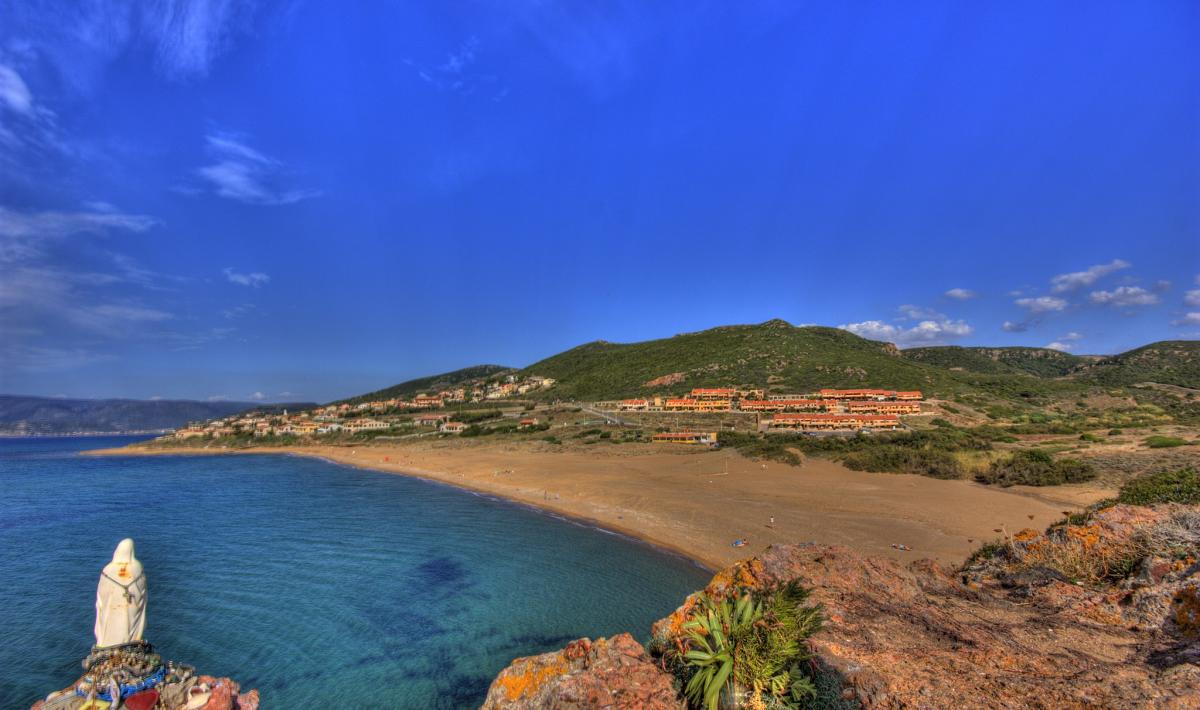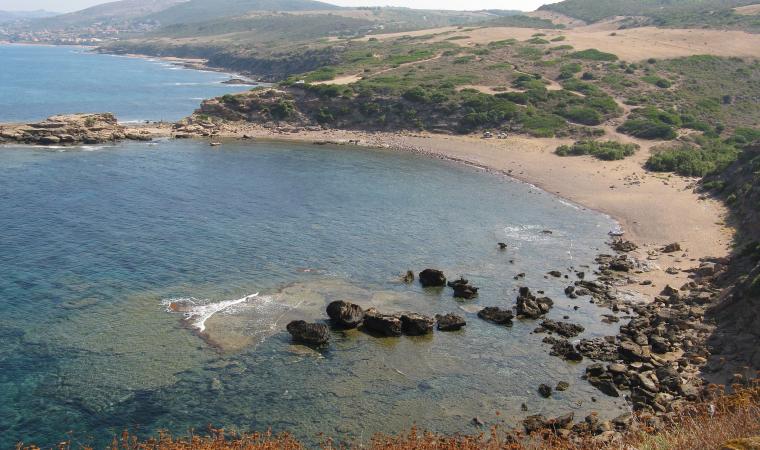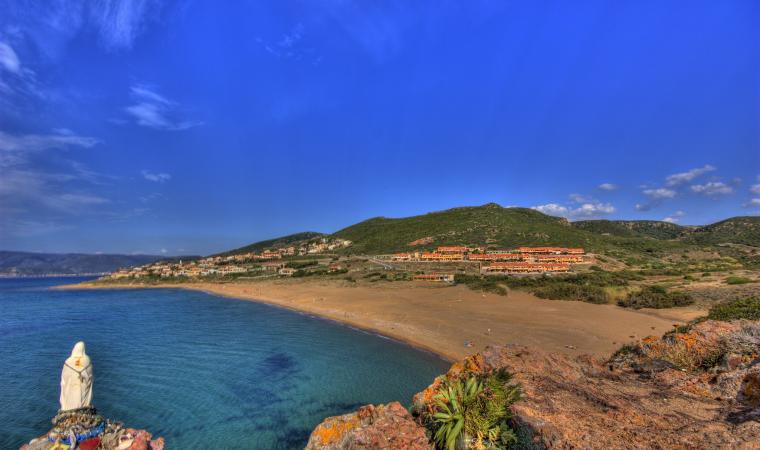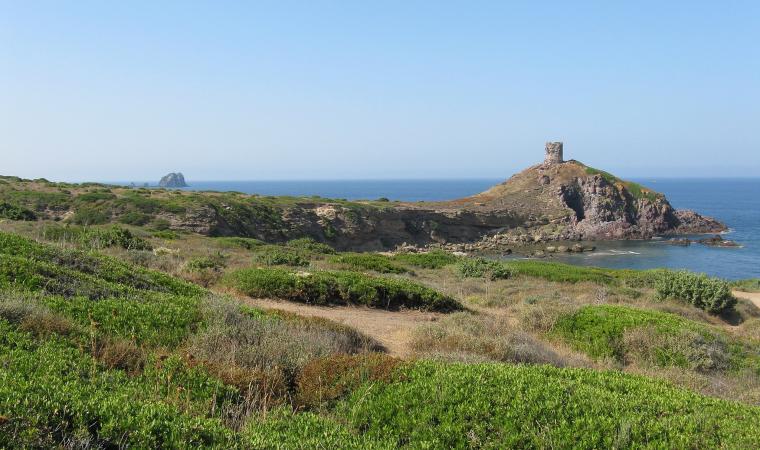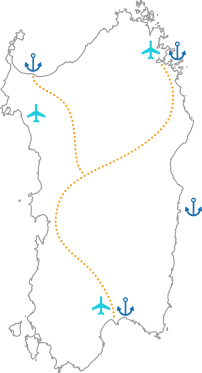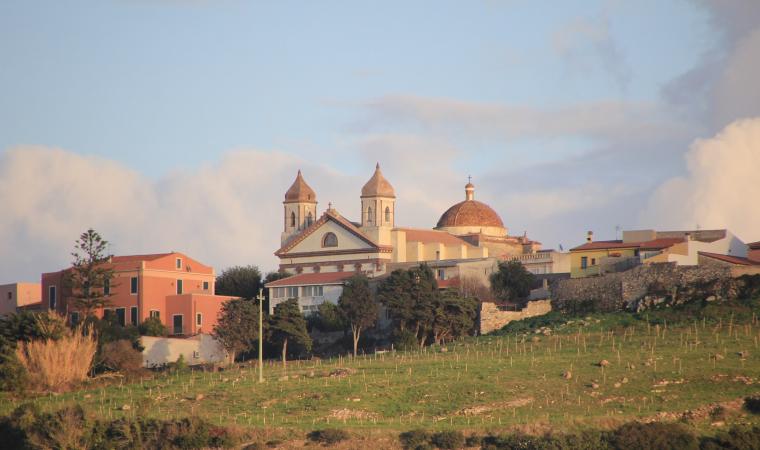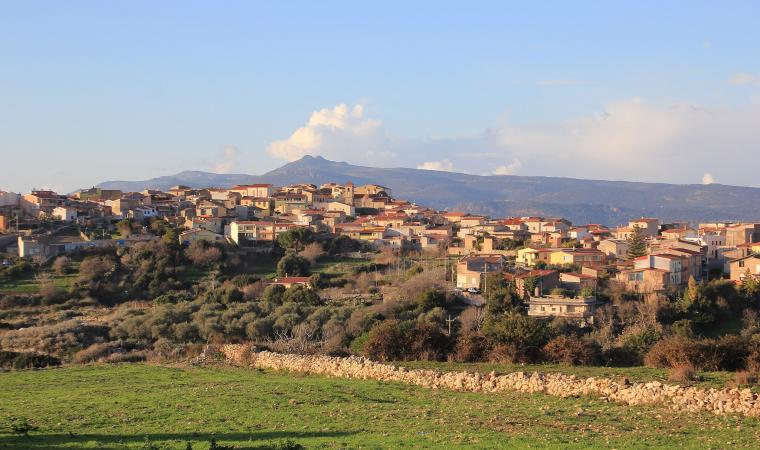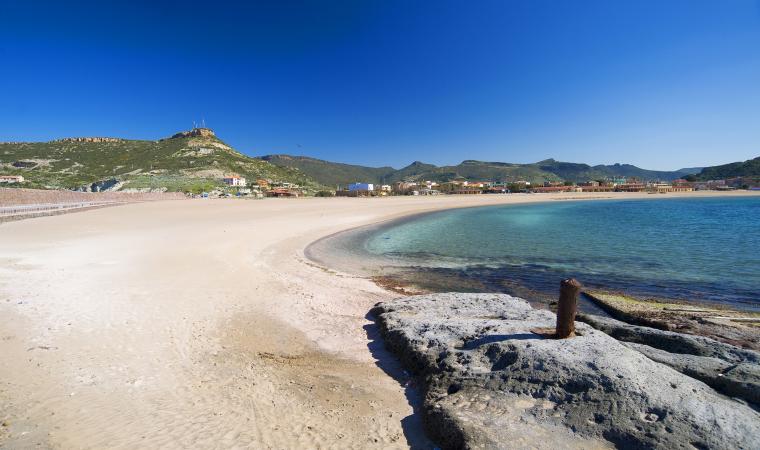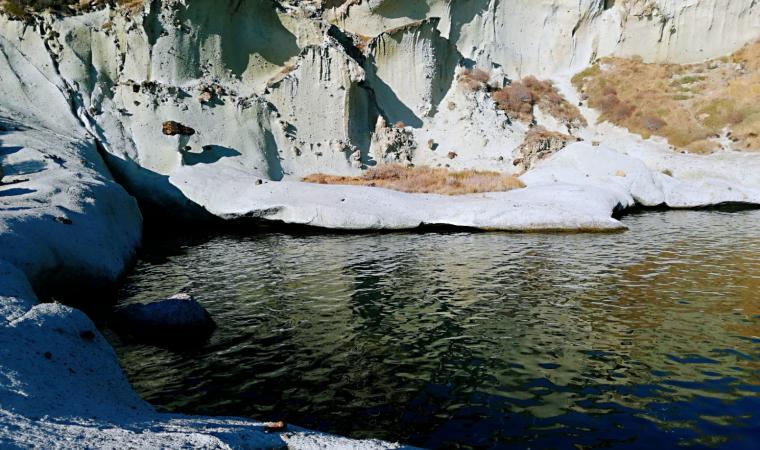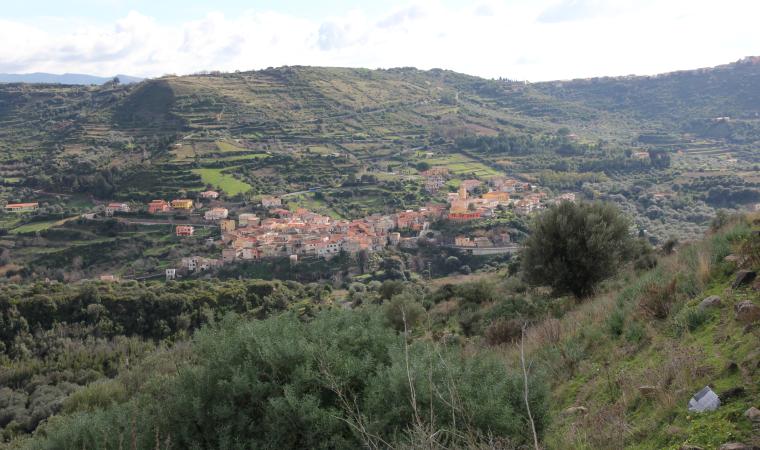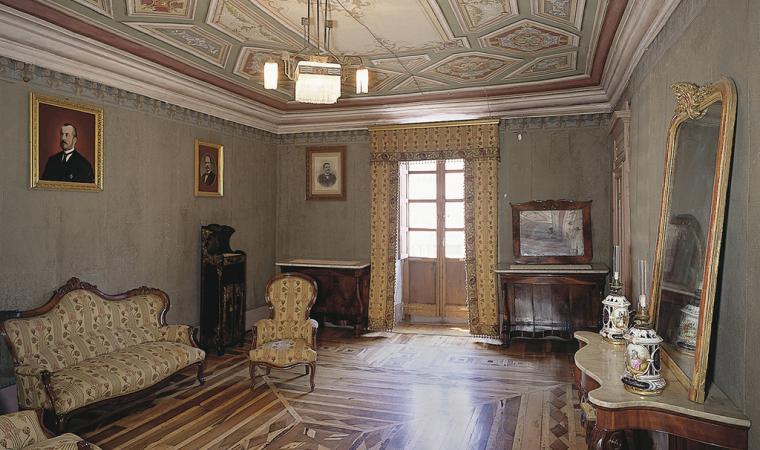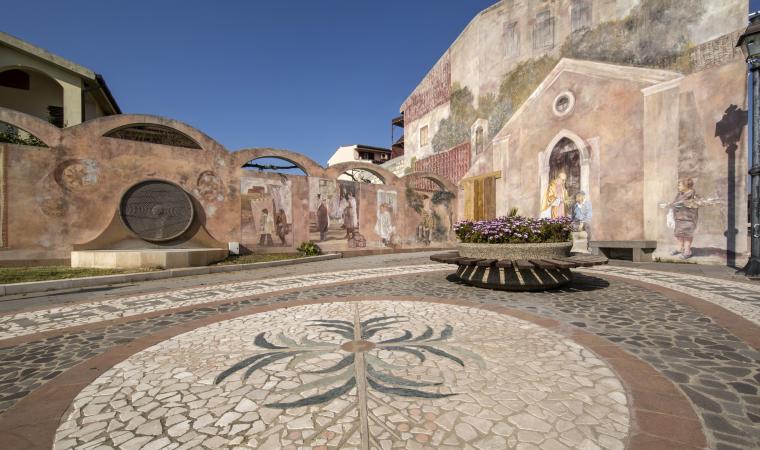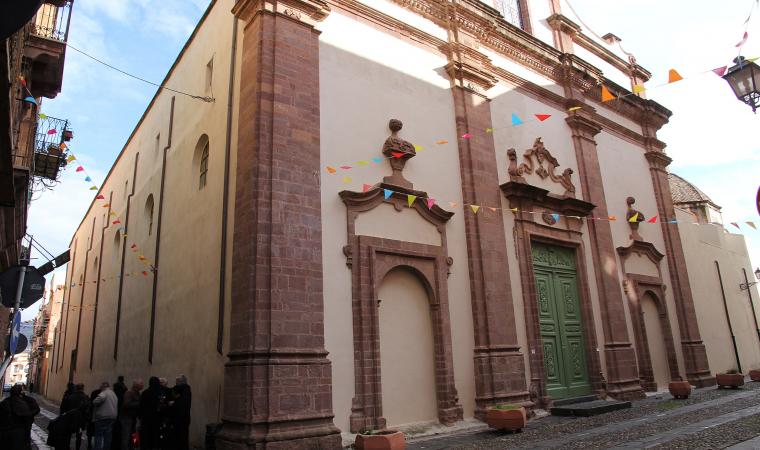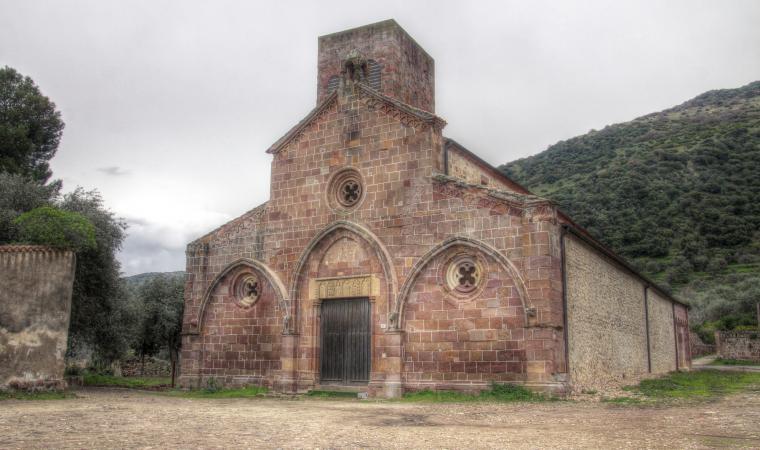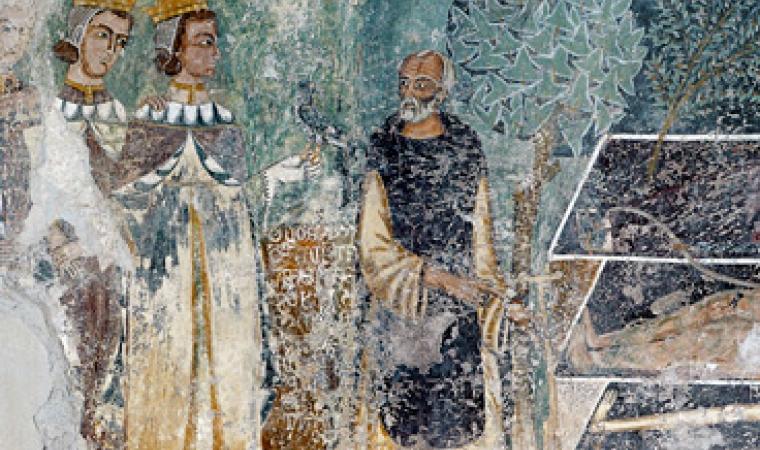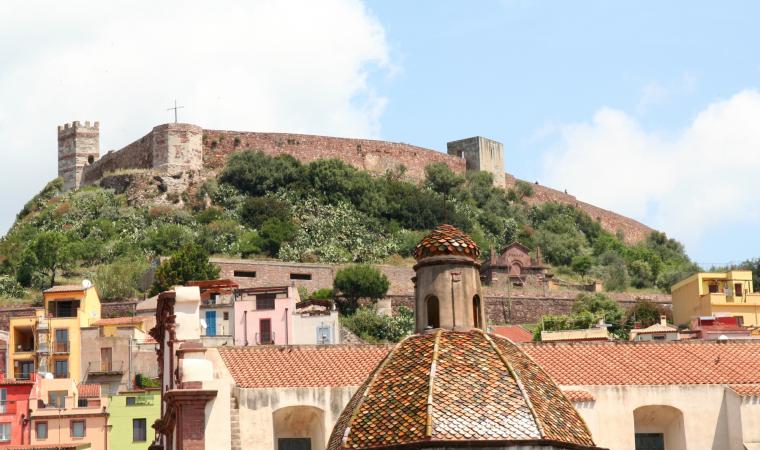The name is Catalan and it means seagull. The beach of Porto Alabe is a wide expanse of compact medium-large grain sand, of various colours, from white to golden yellow and ochre, that looks out onto limpid waters that vary in colour from emerald green to blue and, behind it, there is a background of sand dunes covered in Mediterranean greenery: it is the gem of the Tresnuraghes seashore. Moving along the six kilometres of Provincial road 83 that separates the village of Planargia from its marine district of Porto Alabe, you will have the impression that you are quickly passing from evocative hilly, agricultural and pastoral landscapes to the blue of the sea, which is decorated every year with the five sails of the Legambiente Blue Guide. Cliffs surround the edges of the beach, the final part of the rias, or volcanic hills with terraces gently descending to the coast. The waters are shallow and the seabed slopes gently, making bathing easier and is ideal for families with children. There is parking and there are refreshments points close to the beach.

